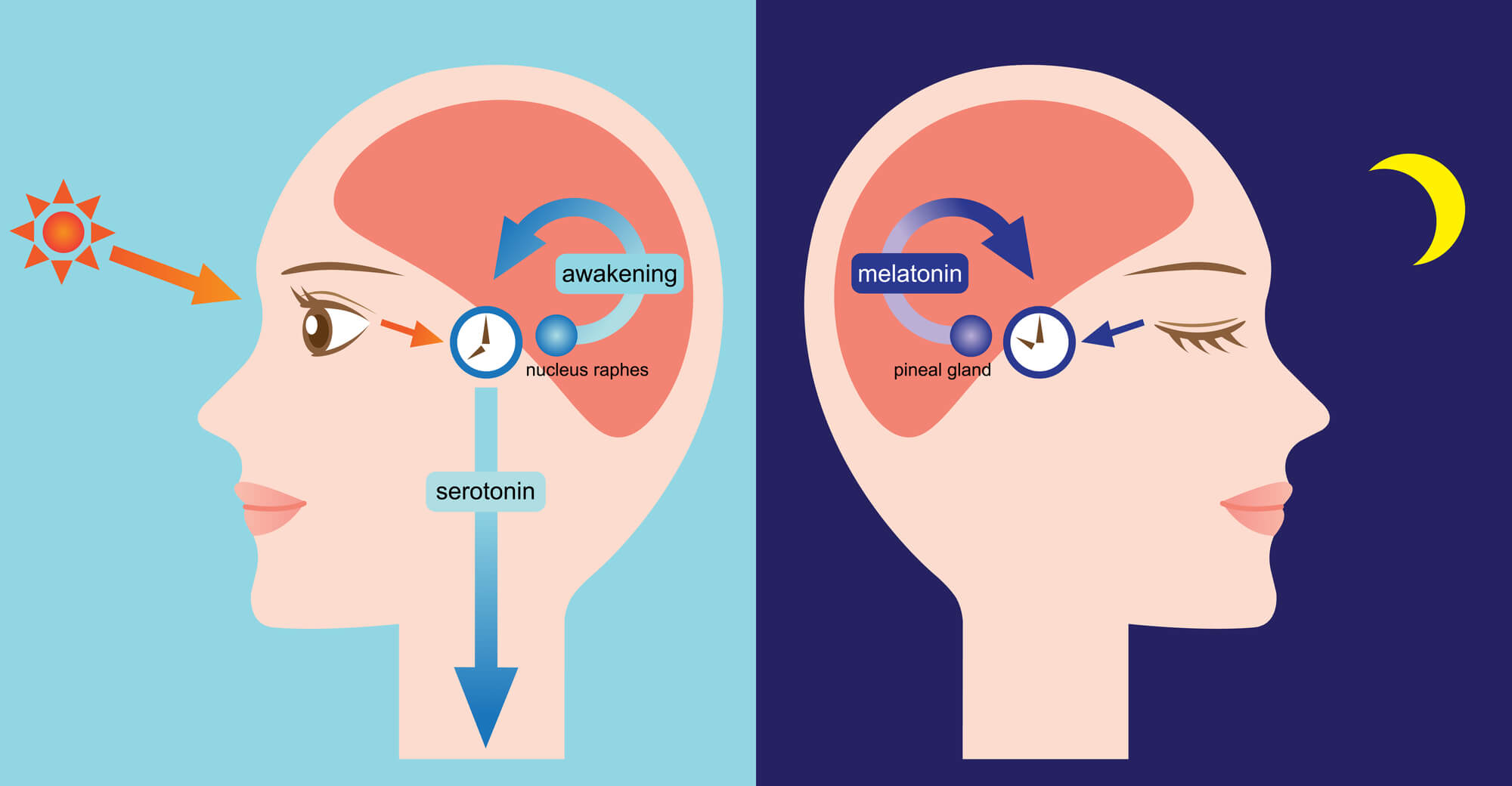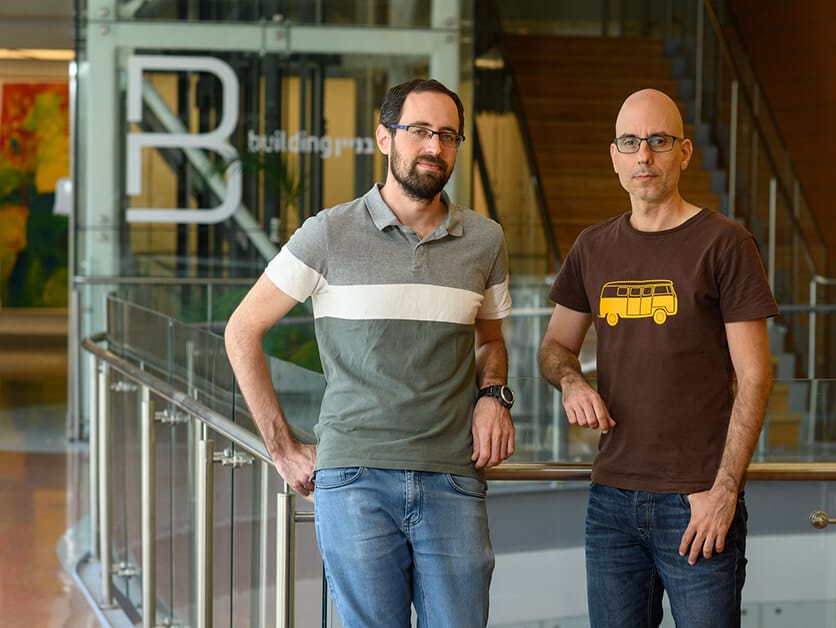To what extent are the different biological clocks in our body coordinated with each other?

If we could hear the ticking of the biological clocks in our bodies, would the sound coming from the cells be loud and shrill or rather coordinated and harmonious? Until a few years ago, it was thought that the master clock in the brain acts as a tyrannical orchestra conductor dictating the tone for all the other clocks in the body. In recent years, it has been revealed that the clocks throughout the body may, under certain conditions, respond independently of the instructions of the master clock, but the reference to all the clocks outside the brain remains one piece. BNew research The scientists of the Weizmann Institute of Science reveal that even within this group great diversity can exist, and that more than a philharmonic orchestra, the ticking of the clocks in our bodies resembles a jazz ensemble, in which the various musicians have a certain freedom of action.
the laboratory of Prof. Gad Asher from the Department of Biomolecular Sciences specializes in the study of biological clocks - genetic networks that regulate the day and night cycles in our bodies in response to various stimuli: the amount of light in our environment, our food consumption habits, oxygen levels in the air, mental stress and other factors. In the new study, led by research student Gal Menela, the scientists set themselves the goal of examining how the clocks in the various organs will react when there is a change in a certain type of stimulus: food consumption. To this end, the researchers fed laboratory mice at unusual times for them - during the day instead of at night - and monitored the expression of the genes in their bodies.

The scientists discovered that reversing the feeding times gave rise to a "jam session": although the hands of the clock in the liver moved 12 hours forward, in accordance with the shift in feeding times, so did the clocks in the fat tissue, but not the clocks in the other organs. For example, the health clock ticked without interruption and did not respond at all to the change in feeding times, while the heart and kidney clocks responded partially and moved only between four and eight hours.
The institute's scientists fed mice at unusual times and saw that while the biological clocks in the liver and adipose tissue responded to changes in feeding times, clocks in other organs responded only partially or not at all
"There is logic in that clocks in different organs of the body will maintain a certain degree of independence, since each organ is responsible for a different function and reacts according to different stimuli from the environment," says Prof. Asher, "Therefore, it is quite possible that the health clock, for example, will not adapt to changes in food consumption and will retain on its original timing".
To test whether the clock in the liver, a central organ in the food processing process, regulates the clocks in tissues outside the brain, the scientists used transgenic mice in which the clock in the liver is inactive, and compared their findings to findings in normal mice. Although it was not found that the clock in the liver affects the ticking of the other clocks, it was found that it definitely affects the cyclical expression of genes in the various organs, which responded more strongly to changes in eating times in the transgenic mice. A possible reason for this is the sharp fluctuation observed in sugar levels throughout the day in the blood of mice without a liver clock. In other words, the clock in the liver does not regulate the other clocks, but it prevents fluctuations in blood sugar levels, thereby serving as a "shock absorber" that protects the body's tissues from disruptions in the food supply and maintains normal gene expression in the various tissues.
"Our findings shed new light on the interrelationships between cyclical processes in different tissues, and they may help decipher what happens when these interrelationships go wrong," says Menela. For example, understanding the coordination mechanisms between the different clocks may help to understand why the morbidity rates of various diseases are higher among shift workers, who change day and night, or in investigating the effect of popular diets, such as "intermittent fasting", which dictate certain eating times. The findings may also shed light on metabolic diseases, such as obesity and diabetes, in which communication between different body organs goes awry.
Dr. Elizabeth Sabat, Dr. Rona Aviram, Vishnavi Dandabetta, Sa'ar Azgouri, Dr. Marina Gulik and Dr. Yarit Adamovitz, all in the Department of Biomolecular Sciences, participated in the study.
